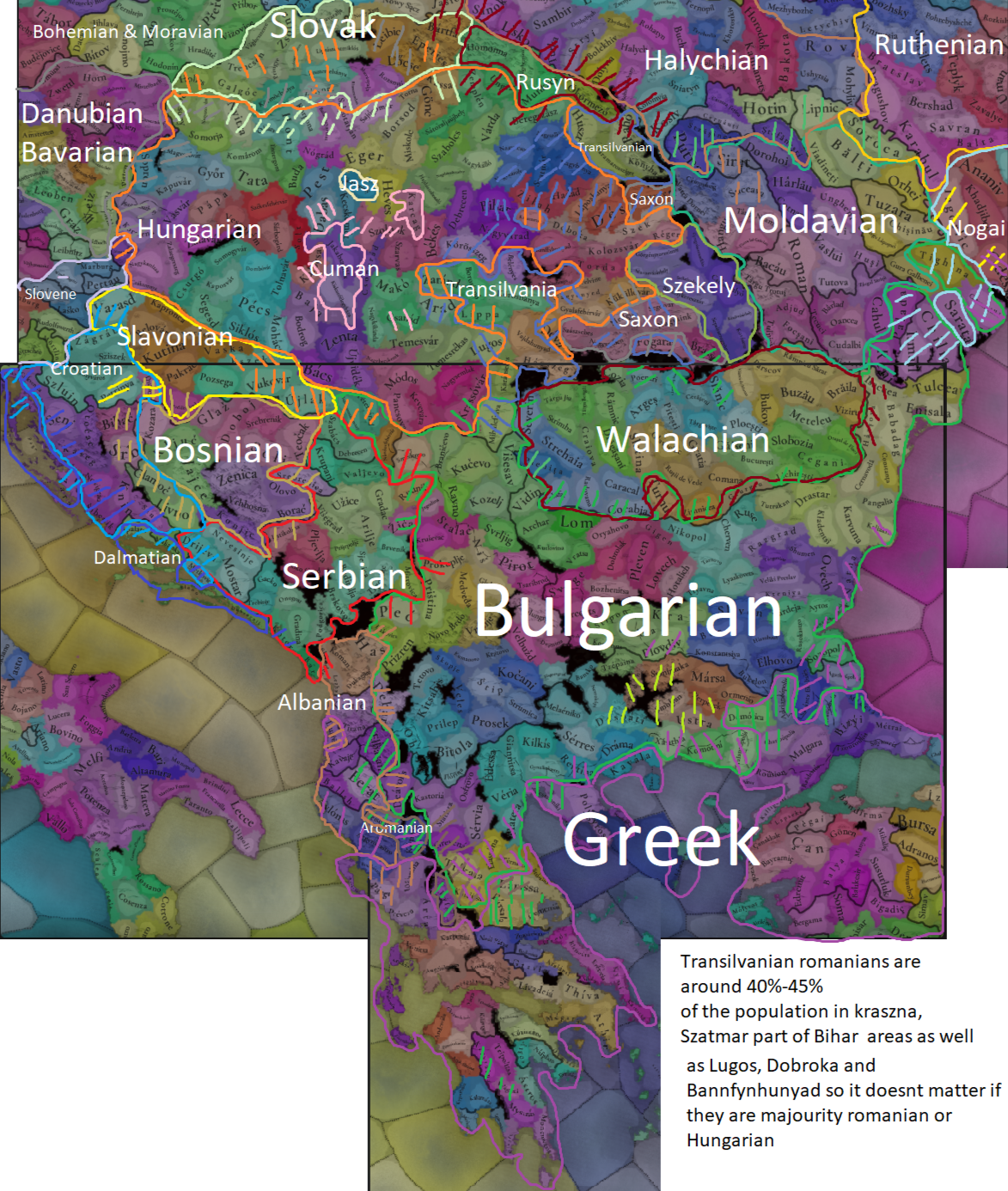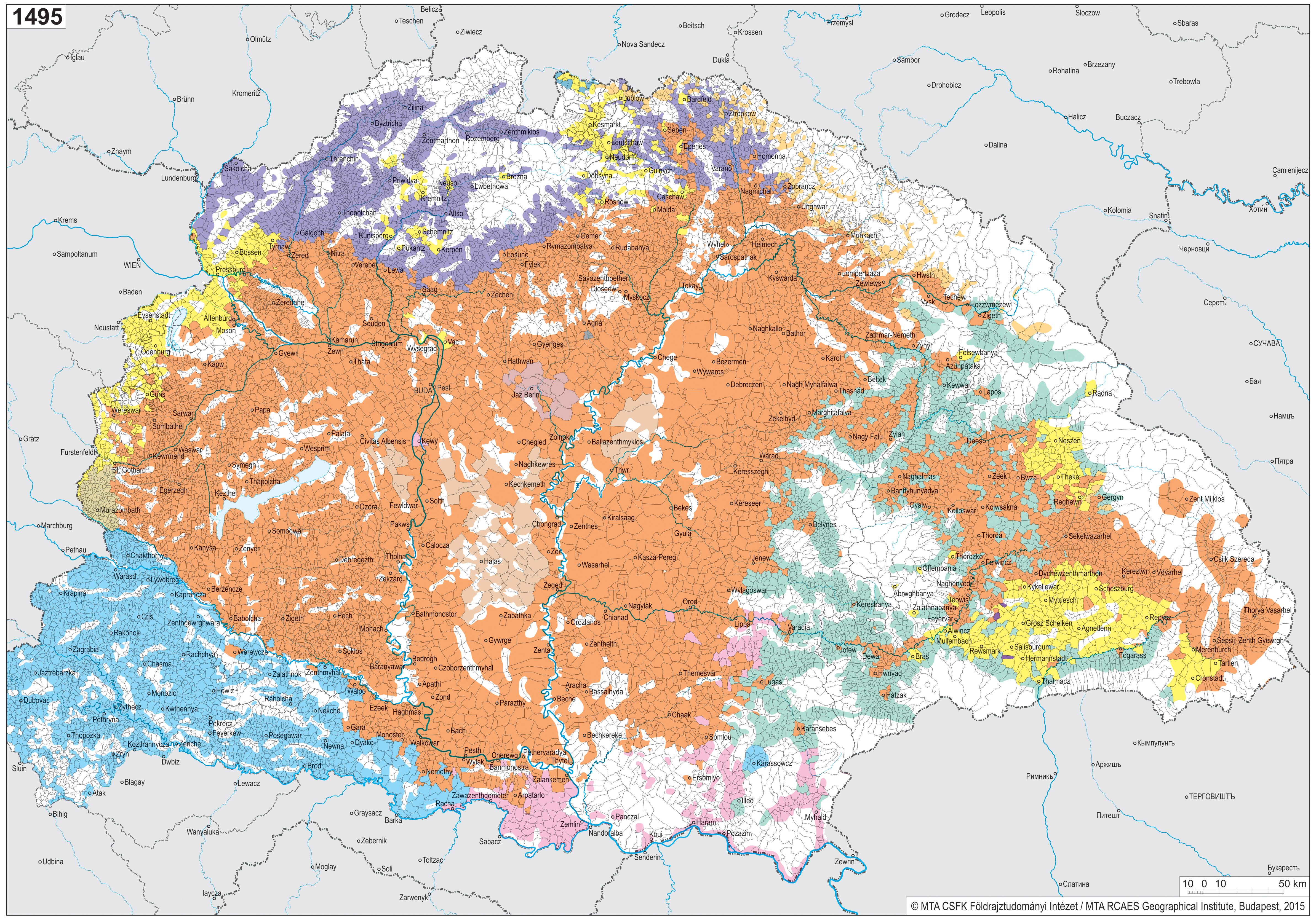BBCs (Balkan Bandit Ćevap)Would bandits be ABC’s or BBC’s?
- 6
BBCs (Balkan Bandit Ćevap)Would bandits be ABC’s or BBC’s?
ABCs (Ajvar Bandit Ćevap)BBCs (Balkan Bandit Ćevap)
Just purposefully mispronounce it, it alleviates some of the pain. We always called it “mici hús” (read as if it were Hungarian orthography). I only later figured out it was a joke because my dad didn’t know how to pronounce it.You can imagine the psychological pain saying this as a Hungarian causes me, but mici are superior.
No, the bit about Bukelon is correctly depicted now. It was probably Byzantine for a few years again.View attachment 1338181
They also gained one location from Bulgaria, I'm not sure this is correct though from what I could find this region was basically a no man's land full of bandits who hid in the mountains to escape jurisdiction, but that said officially it was part of the Byzantine Empire, not just that but apparently Plovdiv was owned by the Byzantines too until the Palaiologos civil war, Bukelon on the other hand was most likely onwed by the Bulgarians since they rebuilt the fortress a few years earlier
View attachment 1338165
I hope but I’ve been fully ignored myself when bringing up that Epirus should be independent and not a vassal.
The southern border of Bulgaria used to be more accurate, true (ignoring where Plovdiv is situated), even the two Provinces now in possession of ERE east of the Rhodopes could have been inside Bulgaria (speculatively) after the Battle of Russokastro. For this change I suspect a decision based on Balancing and flavor mechanichs.Glad to see others were quicker on the uptake. Byzantium getting a big chunk taken out of it that contradicted every book and map I have read on the period was instantly noticeable. Byzantium looks like it has 867 borders in the region instead of 1337.
I get the logic of Philippopolis. Paradox for some reason put it north of the river on the Bulgarian side even though it was the most prized Byzantine city in the region and the reason Bulgaria joined the civil war. That alone though should tell you everything south of it was Byzantine.
I hope but I’ve been fully ignored myself when bringing up that Epirus should be independent and not a vassal.
On the other hand as I’ve also brought up before Phokaia in Anatolia should be at least a Byzantine vassal under the Genoese lord Domencio Cattaneo since Andronikos just forced him to surrender and submit In 1336 before he was fully evicted in 1340 by a Greek revolt.
And of course Byzantium should be Allied to Turkish Aydin on start.
Finally going over my last retreaded point, it’s debatable whether Genoa owned Amastris yet.



